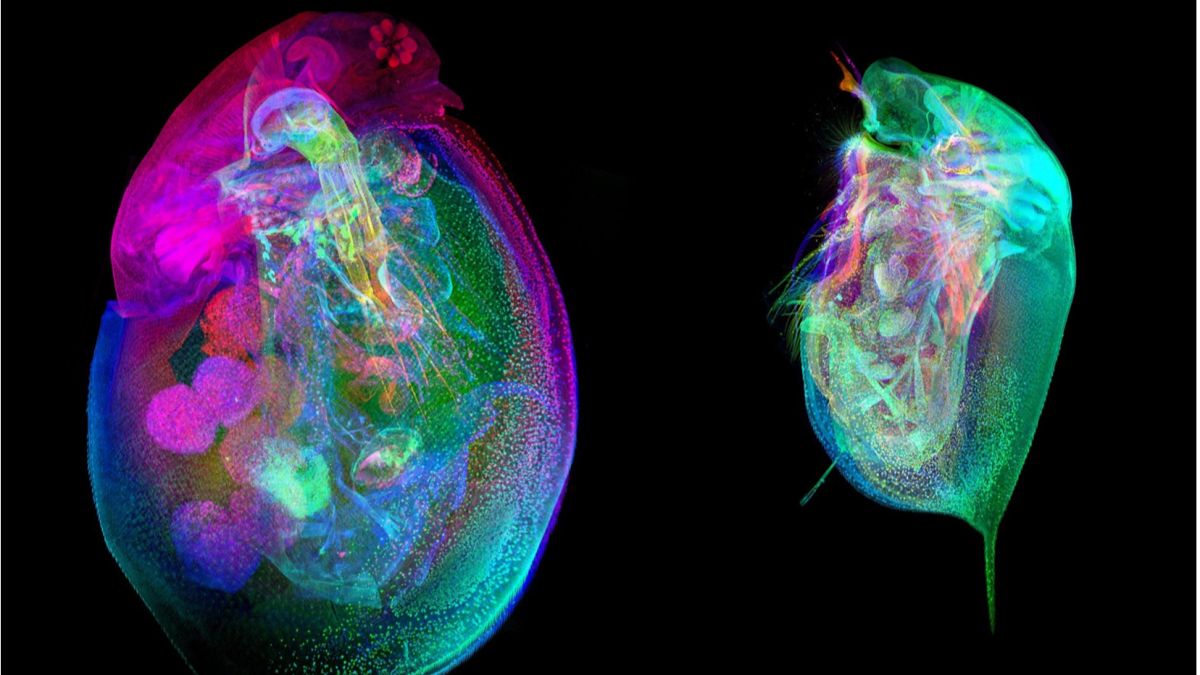A new online tool will help researchers to study the impact of pollution on Daphnia or water fleas – tiny freshwater crustaceans that are used as sentinels for water pollution like canaries were used in coal mines.
Researchers from the University of Birmingham, UK, Penn State University, USA, and Mount Allison University, Canada, have created the Daphnia Histology Reference Atlas (DaHRA).
The atlas includes detailed images of male and female water fleas, showing their insides from different angles – clearly labeled and color-coded, making it easy for people to identify different tissues with an unprecedented resolution
Designed to be user-friendly, allowing people to zoom in on high-quality images and learn about Daphnia’s anatomy, anyone can use the atlas online for free.
Professor Luisa Orsini, from the University of Birmingham, commented:
“Until now, the impact of chemicals has been measured only at the whole organism level. Being able to measure the toxic effects of chemicals on cells and tissues open new exciting opportunities to predict their adverse effect on living organisms. ”
This tool is expected to be very useful for scientists studying pollution and its toxic effects on living organisms, revealing the organs that are impacted. It can help them understand how harmful chemicals affect specific tissues before causing death.
Such information could lead to better ways of protecting the environment and regulating chemicals known as ‘silent killers’ as their effect is not visible until it is too late.. The team that created this atlas hopes it will help connect impacted tissues with disruption of gene functions.
Dr. Khai C. Ang, Assistant Professor in the Department of Pathology, College of Medicine, at Penn State University, commented:
“The atlas provides researchers with a resource to understand Daphnia’s microanatomy so that scientists can correctly interpret the impacts of environmental pollutants on the organism as an indicator for ensuring environmental health and sustainability.”
The beautiful images were made possible by the meticulous cutting, scanning, and labelling work by a team led by first author Dr. Mee Siing Ngu. The atlas includes female and male adult D. magna cut in three anatomical planes, enabling visual recognition of specific organs and developmental stages.
To make the tool as useful as possible for scientists, educators, and policymakers, the online viewer allows seamless navigation and zooming into high-resolution images, complete with labels compliant with standardized anatomical terms.
This open access not only enhances the understanding of Daphnia microanatomy but also helps diagnose the toxic effect of chemicals. When similar diagnostic tools are created for multiple organisms, the targets of toxicity can be predicted across animals, including humans.



